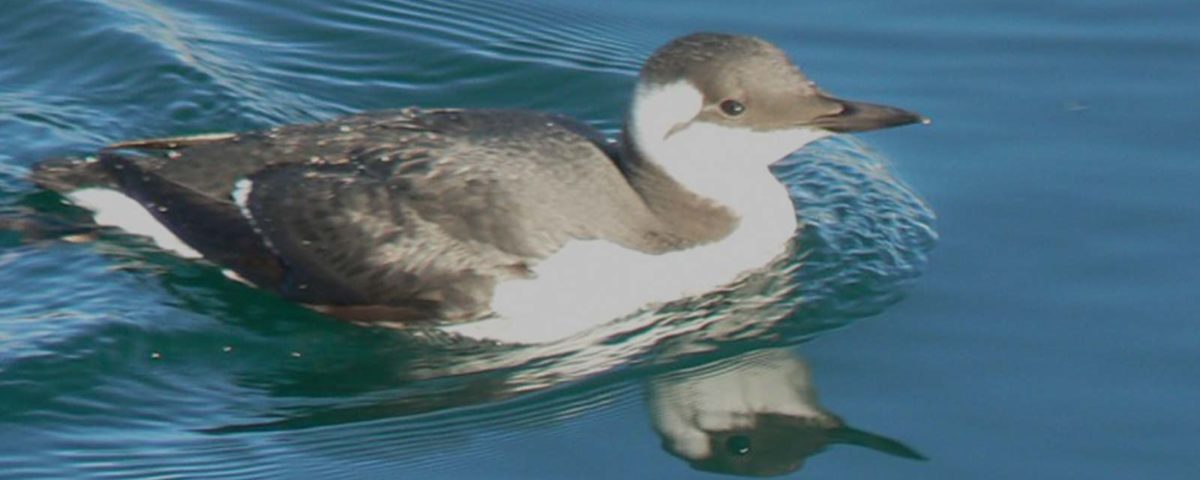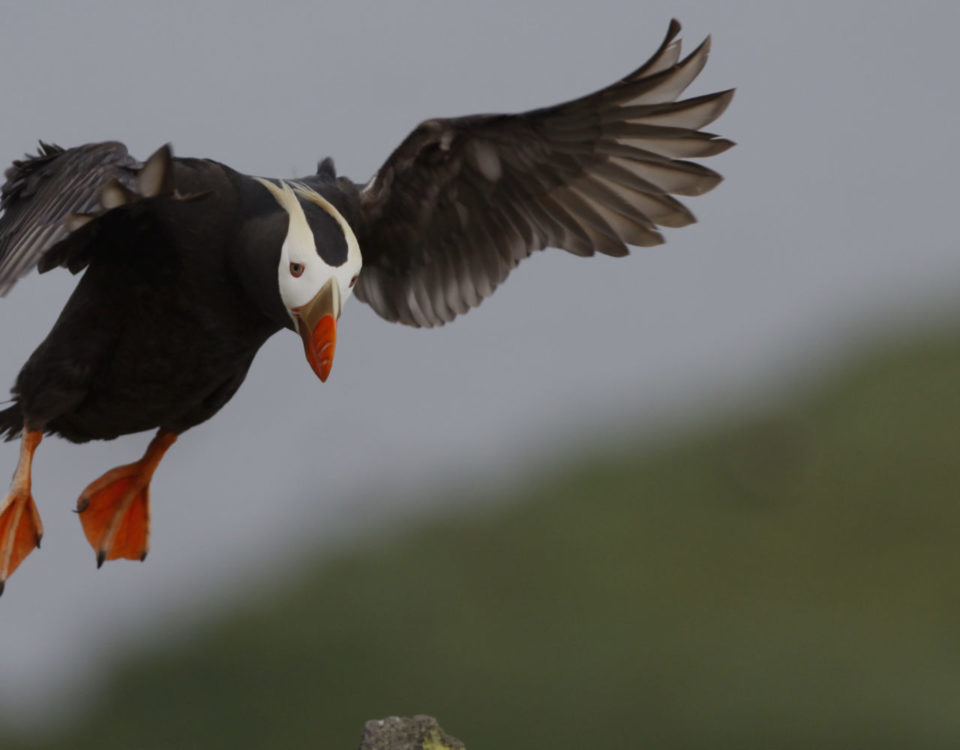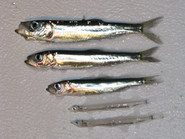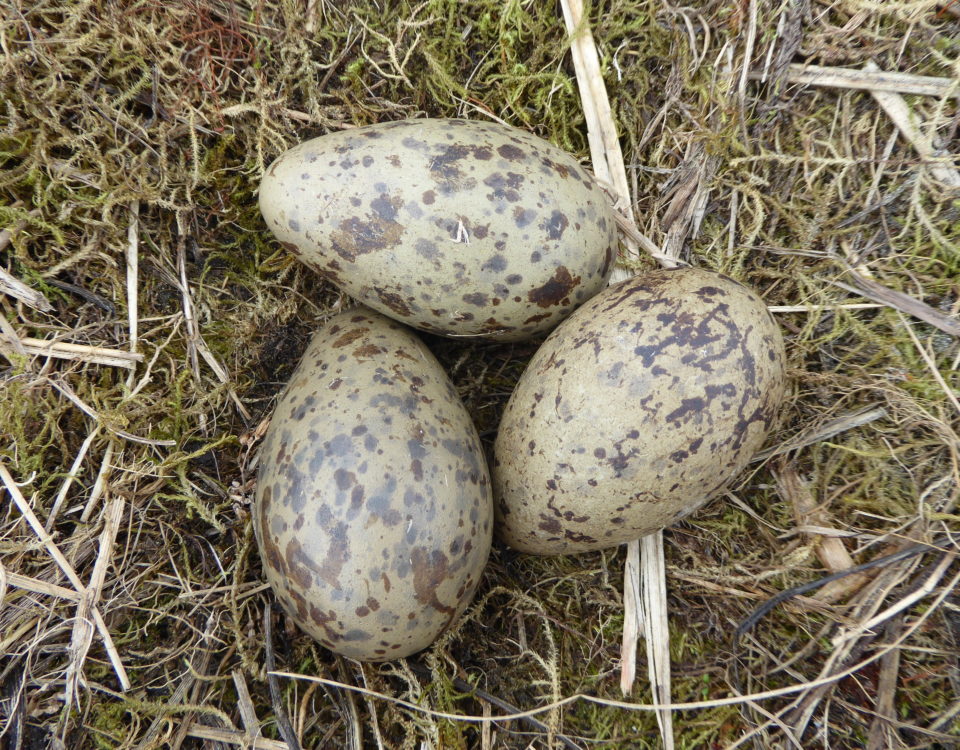Trends in Seabird Predation of Juvenile Herring

PROJECT
TRENDS IN SEABIRD PREDATION OF JUVENILE HERRING
Background
Juvenile herring are critical to the diet of overwintering seabird populations in Prince William Sound. Occurring at shallow (<30 m) depths, juvenile herring are heavily predated upon by about twenty species of seabirds, including marbled murrelets, black-legged kittiwakes and common murre. Predation of juvenile herring by birds, mammals, and fish has been identified as a potential factor limiting the recovery of herring populations in Prince William Sound. By understanding changes in seabird population we increase our understanding of how seabird predation limits herring recovery.
Methods
In March 2007 Mary Anne Bishop of the Prince William Sound Science Center began conducting seabird surveys in Prince William Sound during the August, November and March juvenile herring hydroacoustic surveys. During daytime transects, observers document the number and species of seabirds and their behavior while feeding on schools of juvenile herring. Key characteristics of the juvenile herring schools, such as location, age and size composition and energetics, are used to determine what variables appear to be important for seabird predation.
What we will learn
These seabird surveys will increase our understanding of if and how herring recruitment is effected by the density and distribution of seabird predators. This study examines the spatial correlation between herring and seabird predators and provides data that can be used for herring recruitment models. Additionally, seabird distribution data will help identify potential locations for herring restoration efforts – areas not frequented by seabirds.
This Project has been incorporated into the Gulf Watch Alaska program. For further information visit Gulf Watch Alaska's project summary here.
PRINCIPAL INVESTIGATORS
Mary Anne Bishop, Ph.D.PWS Science Center
mbishop@pwssc.org
Kathy Kuletz, Ph.D.
US Fish & Wildlife Service
kathy_kuletz@fws.gov
RESEARCH PERIOD
2009-2017FUNDING
Exxon Valdez Oil SpillTrustee Council




